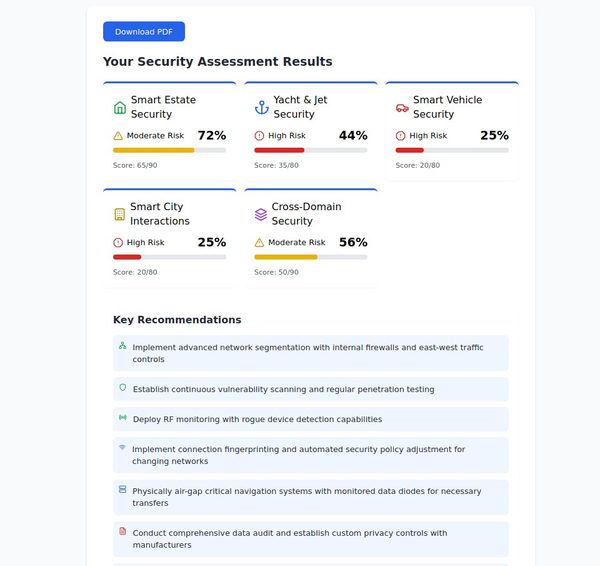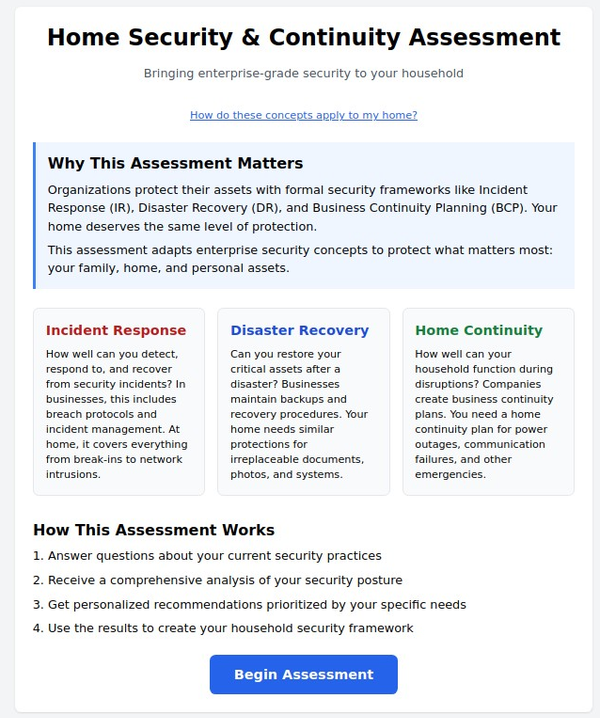Comprehensive Guide to Home Protection and Emergency Preparedness

Ensuring the safety and security of your home in the face of natural disasters, civil unrest, and other emergencies requires comprehensive planning and preparation. This guide explores various strategies for safeguarding your home, maintaining power, ensuring shelter, storing food, and securing essential supplies like ammunition.

Protection Against Natural Disasters
1. Structural Reinforcements
- Earthquake-Resistant Construction: Use flexible building materials, secure heavy furniture, and retrofit existing structures to withstand seismic activity.
- Hurricane and Tornado Precautions: Install storm shutters, reinforce doors and windows, and secure the roof with hurricane straps.
- Flood Protection: Elevate critical utilities, install sump pumps with battery backup, and use flood barriers to protect against rising waters.
2. Emergency Power Supply
- Generators: Invest in a reliable generator to ensure continuous power during outages. Portable and standby generators are options depending on your needs.
- Solar Power Systems: Install solar panels with battery storage to provide a sustainable power source that is independent of the grid.
Protection Against Civil Unrest and Armed Conflict
1. Home Fortification
- Security Doors and Windows: Use reinforced doors and shatterproof windows to prevent forced entry.
- Safe Rooms: Designate a secure area within your home, such as a basement or interior room, stocked with essential supplies and reinforced against intrusions.
- Surveillance Systems: Install cameras and motion detectors to monitor your property and deter potential threats.
2. Legal and Safe Firearm Storage
- Secure Storage: Use gun safes and lockboxes to store firearms securely and prevent unauthorized access.
- Ammunition Stockpiling: Keep a sufficient supply of ammunition in a secure, cool, and dry place, ensuring it is out of reach of children and unauthorized individuals.
- Training and Responsibility: Ensure all household members who have access to firearms are properly trained and understand firearm safety protocols.
Ensuring Shelter and Food Security
1. Long-Term Food Storage
- Non-Perishable Foods: Stock up on canned goods, dried foods, and other non-perishable items with long shelf lives.
- Emergency Food Supplies: Invest in commercially prepared emergency food kits designed to provide balanced nutrition for extended periods.
- Gardening and Self-Sufficiency: Consider growing your own vegetables and maintaining a garden to supplement your food supply.
2. Water Storage and Purification
- Stored Water: Keep a minimum of one gallon of water per person per day for at least two weeks.
- Water Purification Systems: Use filters, purification tablets, or portable purifiers to ensure access to clean drinking water.
3. Shelter-In-Place Supplies
- First Aid Kits: Maintain a well-stocked first aid kit with medical supplies to treat common injuries and illnesses.
- Personal Protective Equipment: Store masks, gloves, and other protective gear to safeguard against biological threats.
- Communication Devices: Have battery-powered radios, satellite phones, or other communication devices to stay informed and connected during emergencies.
Disaster Recovery and Preparedness Models
1. Risk Assessment and Planning
- Identify Risks: Assess the potential natural and man-made risks specific to your location.
- Emergency Plans: Develop comprehensive emergency plans covering evacuation routes, communication strategies, and contingency measures for different scenarios.
2. Drills and Training
- Regular Drills: Conduct regular emergency drills with all household members to ensure everyone knows their roles and responsibilities.
- Skill Development: Learn and practice essential skills such as first aid, CPR, fire safety, and basic survival techniques.
3. Community Engagement
- Neighborhood Watch Programs: Participate in or establish neighborhood watch programs to enhance collective security.
- Local Resources: Stay informed about local emergency resources and services, including shelters, medical facilities, and support networks.
Conclusion
By implementing these strategies and maintaining a proactive approach to home security and emergency preparedness, you can significantly enhance your ability to protect your home and family in times of crisis. Whether facing natural disasters, civil unrest, or other emergencies, thorough planning and preparation are key to ensuring resilience and safety.
Further Reading and Resources:






